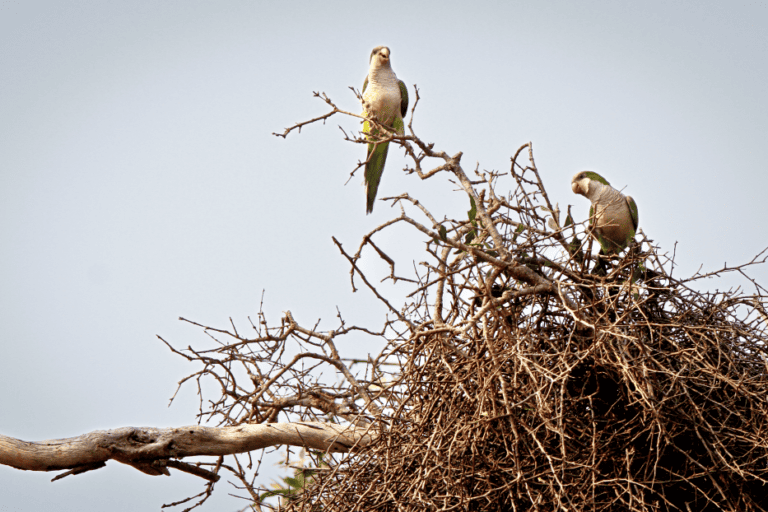- A new law in Paraguay creates a more organized, transparent carbon credit system but might also complicate the way credits are bought and sold.
- The law creates a registry for carbon credit projects and ensures land isn’t being assigned more than once.
- The Gran Chaco, South America’s second-largest forest, has been of particular interest to the carbon credit market, as there are concerns about deforestation in the area.
Earlier this month Paraguay approved new regulations meant to improve the country’s carbon credit market and attract more international interest. But the regulations have also raised concerns about land ownership and the credibility of carbon credit reporting.
A law to create a more organized, transparent carbon credit system was approved by recently elected President Santiago Peña, but some language in the law might complicate the way carbon credits are bought and sold, critics said.
“We want future generations to be able to continue taking advantage of these benefits and the great natural capital that Paraguay has,” said Environment Minister Rolando de Barros Barreto during a Senate meeting earlier this month.
The legislation creates a registry for carbon credit projects within the National Directorate of Climate Change, part of the Ministry of Environment and Sustainable Development. The registry would serve as the official record of every carbon credit program active in Paraguay and ensure that land isn’t being registered more than once — a common problem in the global carbon credit market.
Carbon credits allow large polluters like oil companies and airlines to purchase land that still has intact forest ecosystems as a way of offsetting their carbon emissions. But many carbon credit projects have been criticized for being ineffective.
In some cases, the programs have failed to adequately protect the land as intended. In others, they protect land that would have gone unharmed anyway — what’s known as “additionality.” In those cases, the credit is reducing emissions only on paper.
Before the law was passed, Paraguay had carbon credit projects, but there was no registry to keep them organized and fewer regulations to ensure they were being carried out in a way that actually reduced emissions.
Some lawmakers reviewing the bill said its language was still too weak to protect against additionality, leading to carbon credits being reported on the same piece of land more than once, or on land that has already been established as a protected area. They’re also worried about whether it can effectively ensure legitimate ownership of the land to which the credits are assigned.

Paraguay has long struggled with the displacement of local and Indigenous people with claims to the land, but who don’t necessarily have titles. Agribusiness and government entities alike have pushed in on territory, often by force. Between 1954 and 2003, nearly 8 million hectares (19.7 million acres) are believed to have been stolen.
“We have to really ensure the ownership of the land,” said Victor Vera, a member of the Paraguayan Conservation and Sustainable Development Organization. “It worries a lot of people, especially in the social sector.”
In eastern Paraguay, deforestation largely came as the result of a dictatorship that rapidly expanded the agricultural sector throughout the 1970s and ‘80s. Today, most of the area that was once forest is now farmland for soy and grains. But in the northwest, the second-largest forest in South America, known as the Gran Chaco, still has intact forest and a lot of potential for carbon credit programs, despite drivers of deforestation that concern conservationists.
Natural gas and oil drilling continue to be a threat in the area — most notably near the Médanos del Chaco National Park, a savanna and dry forest ecosystem. There is also a growing cattle ranching and agriculture industry. But that has also created hope that it will generate more interest in carbon credits moving into the future.
“There’s a big concern at the international level about land use change in the Chaco,” Vera said. “Carbon projects can help, together with the conservation of reserves and national parks, to mitigate or stop land use change.”
Banner image: The Gran Chaco in Paraguay. Photo courtesy of Wikimedia.
FEEDBACK:Use this form to send a message to the author of this post. If you want to post a public comment, you can do that at the bottom of the page.
See related from this reporter:
Expanding agriculture could worsen flooding in South American plains, study says
